HD Pentax-D FA 24-70mm F2.8 ED SDM WR
Sharpness
Sharpness, or the ability to resolve small details, is an important measure of the performance of a lens. Sharp images let the viewer concentrate on the composition, color and light. On the other hand, soft images (except when looking that way on purpose) distract the viewer and decrease the perceived quality of the picture.
The HD D FA 24-70mm is not a star lens but its positioning in the Pentax lineup suggests that it should be considered as a professional lens. As such, its resolution figures are expected to be high and consistent across the frame.
There are many ways to evaluate sharpness. Some are quantitative, such as the number of lines per millimeter that can be resolved, while others are comparative, such as using a standardized scene to pit lenses against one another. The latter is the favored method at Pentax Forums.
Test Setup, Star Chart
In order to evaluate sharpness, we photograph a standard test chart (or "star chart") that can be used to compare lenses to one another. The general rule is that the distance from the lens to the test chart must be 100 times the focal length of the lens. For our lens, this means a distance of 2.4 meters to 7 meters.
The test is not designed to show how good a lens can be. Quite the contrary: it is a stress test designed to put the lens at its limits to show where it falls short. The test shows the apertures where the lens performs best, and makes it possible to compare with another lens.
Our test has the star chart put successively at the center, edge and corner of the field of view of the lens, testing all apertures each time.
Resolution is obviously dependent on the sensor used. For this test, we used Pentax's current top-of-the-line sensor found in the K-1. Using APS-C will get results closer to the sweet spot nearer the center of the frame.
New Pentax DSLR bodies include the ability to disable anti-aliasing, a very useful feature allowing higher resolutions to be reached. However, the nature of our sharpness test and the pattern of the test chart mean that, with anti-aliasing totally disabled, moiré is likely to appear. In order to strike the best balance between sharpness and moiré reduction, the anti-aliasing simulator of the K-1 was activated, but set at the "Low" setting.
Test Results at 24mm
The following images showcase the results at all apertures. Focusing was performed by using focus peaking in live view. It was corrected after each lens movement. You can click on images to see full resolution crops.
Center | Edge | Corner | |
F2.8 | 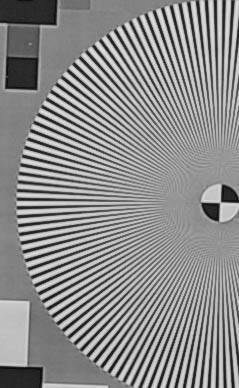 | 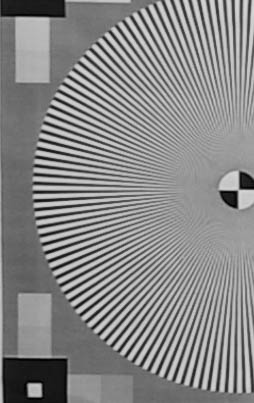 | 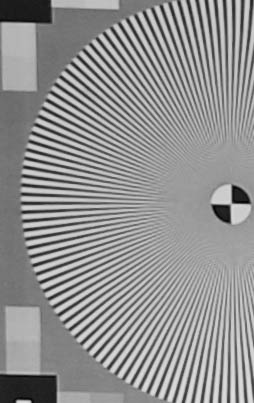 |
F4 | 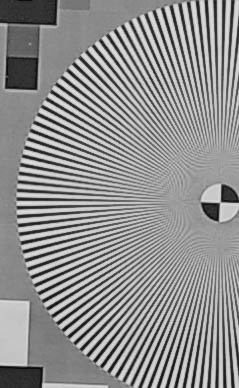 | 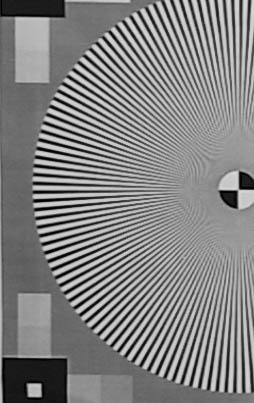 | 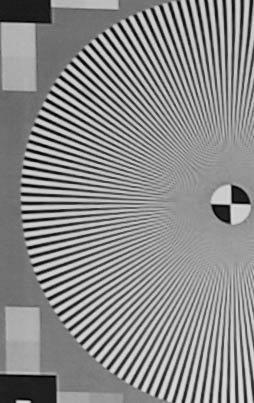 |
F5.6 | 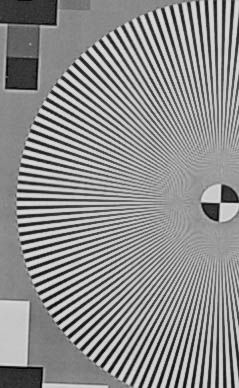 | 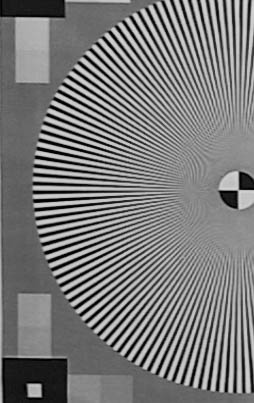 | 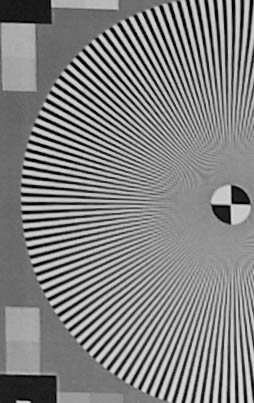 |
F8 | 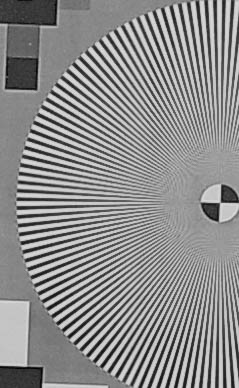 | 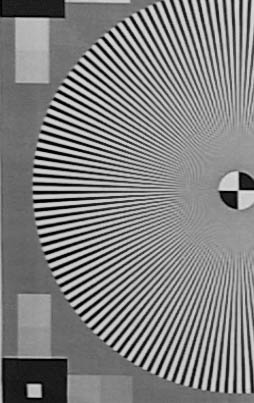 | 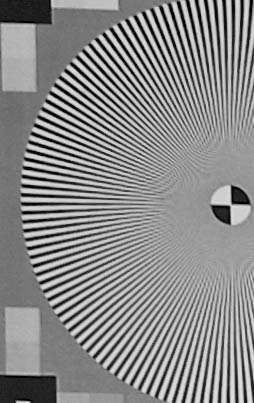 |
F11 | 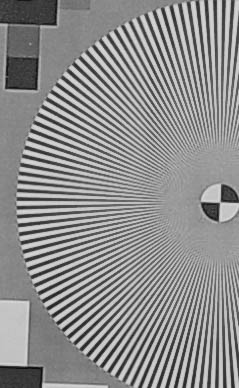 | 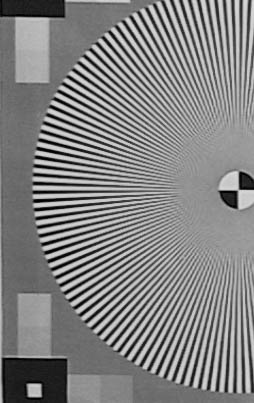 | 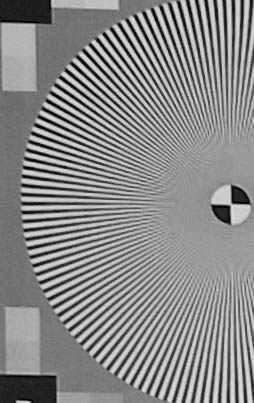 |
F16 | 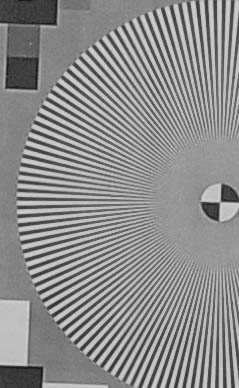 | 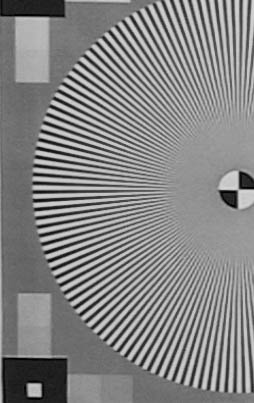 | 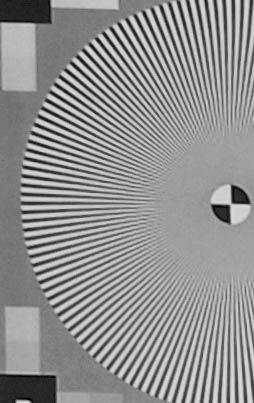 |
F22 | 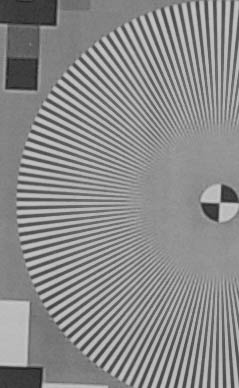 | 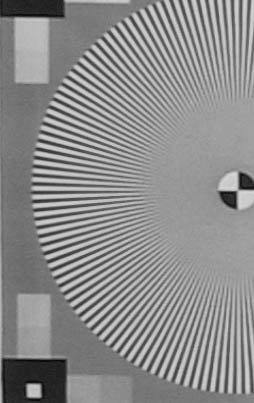 | 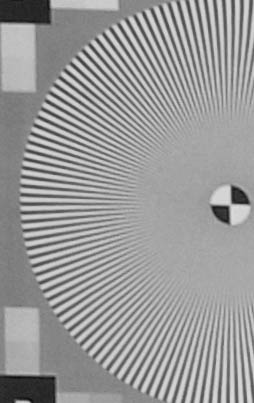 |
Results in the center are very good, and consistent between F2.8 and F8. F11 is close behind, while F16 and F22 are visibly softer.
Edge performance is best between F5.6 and F11. Images are usable but softer at wider apertures, and diffraction takes its toll at the smallest apertures.
Corners are usable, but never impressive at 24mm. Best results are obtained at F8. This is a somewhat disappointing result since a wide lens is often used for landscapes, where edge to edge sharpness is preferable.
Test Results at 50mm
Center | Edge | Corner | |
F2.8 | 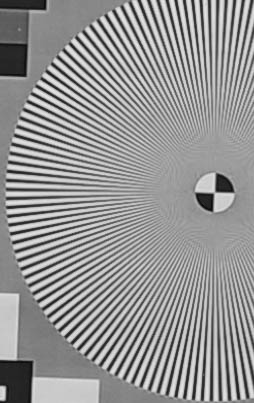 | 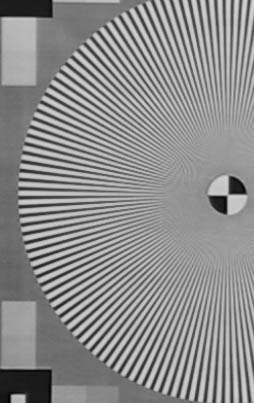 | 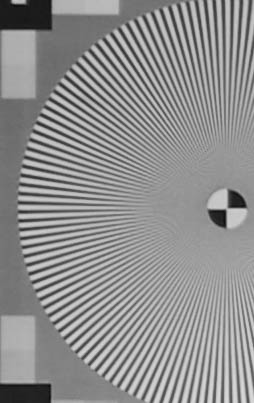 |
F4 | 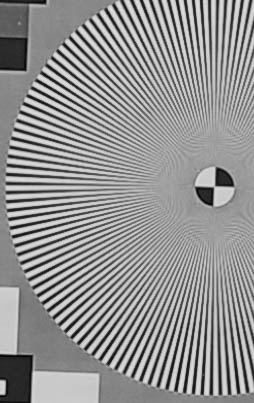 | 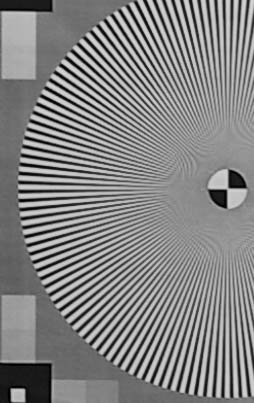 | 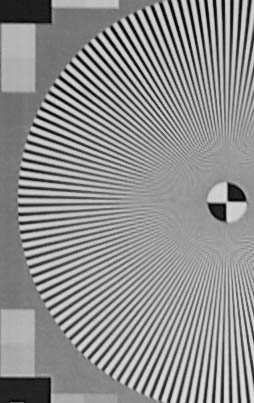 |
F5.6 | 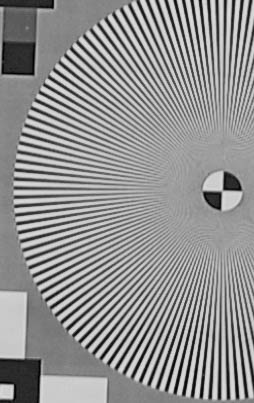 | 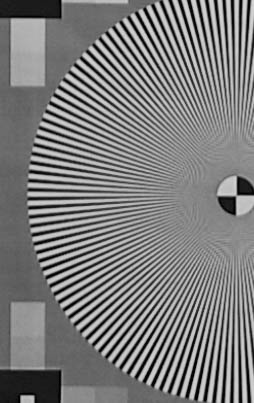 | 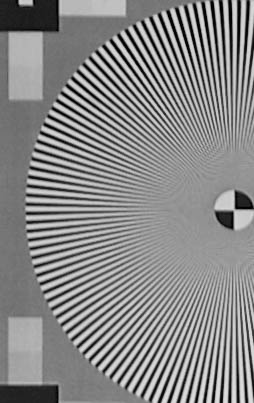 |
F8 | 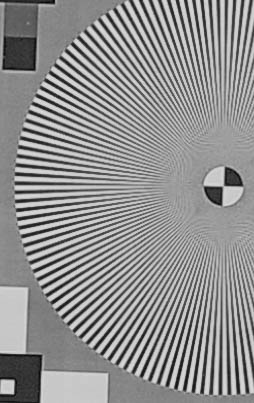 | 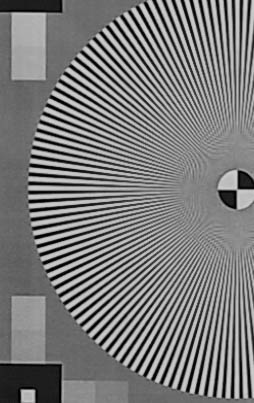 | 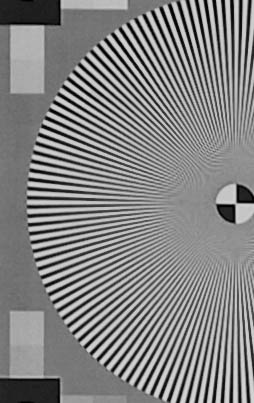 |
F11 | 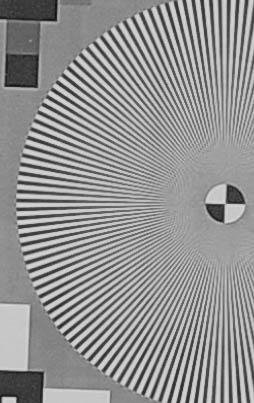 | 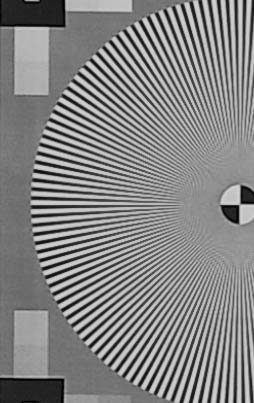 | 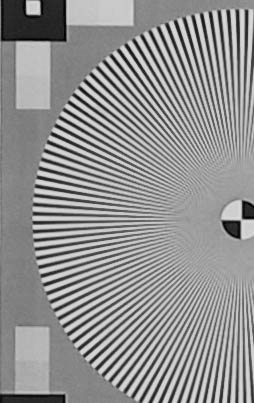 |
F16 | 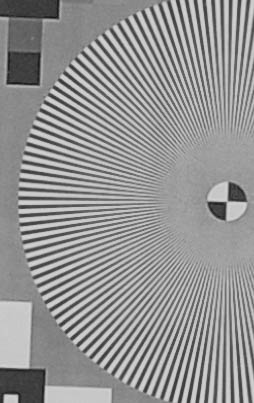 | 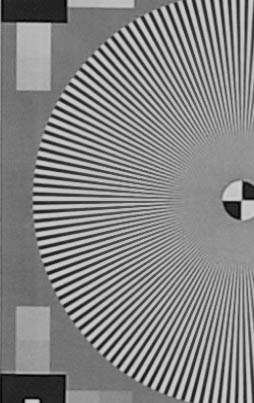 | 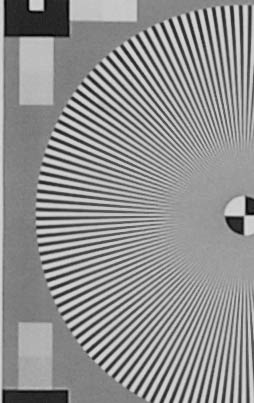 |
F22 | 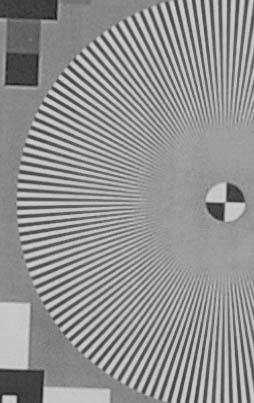 | 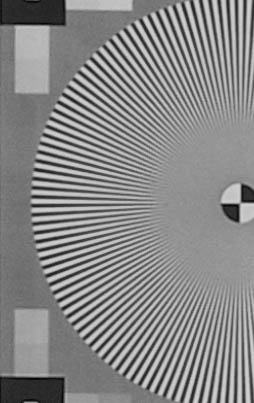 | 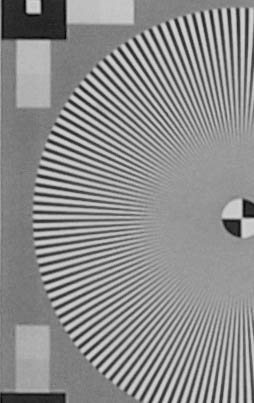 |
At 50mm, the lens shows its best resolution figures. The center and edges are very good at most aperture values, except when diffraction takes its toll. Corners are softer wide open, but quickly catch up.
Test Results at 70mm
Center | Edge | Corner | |
F2.8 | 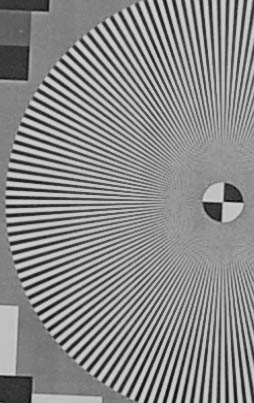 | 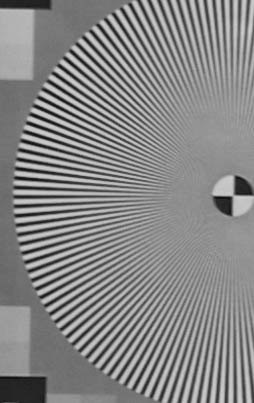 | 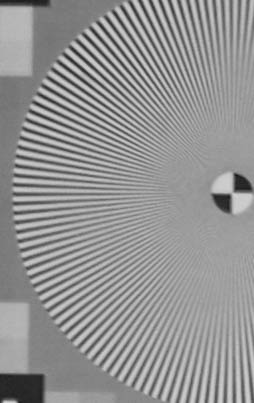 |
F4 | 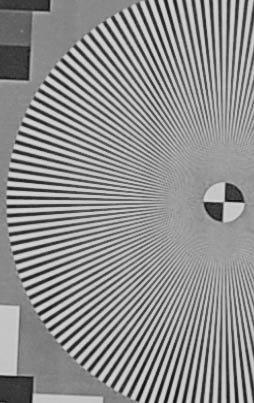 | 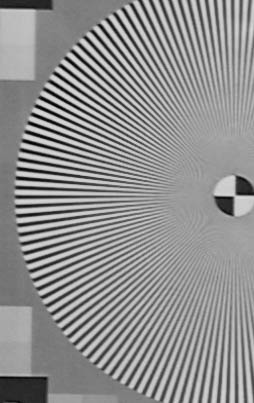 | 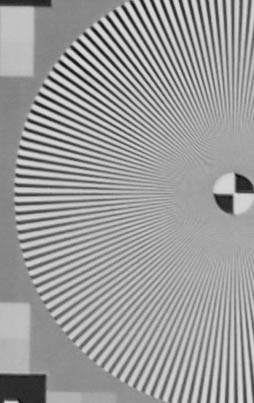 |
F5.6 | 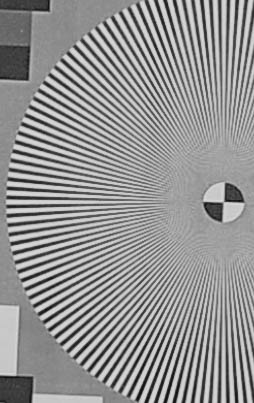 | 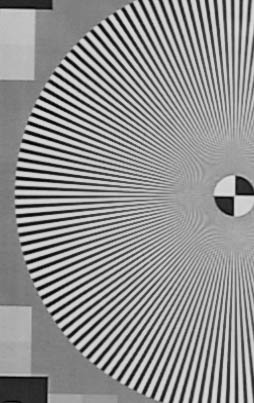 | 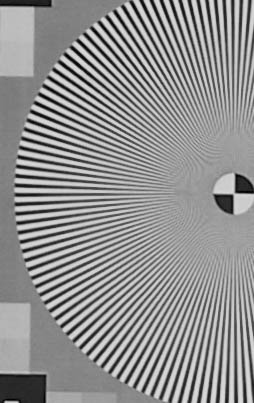 |
F8 | 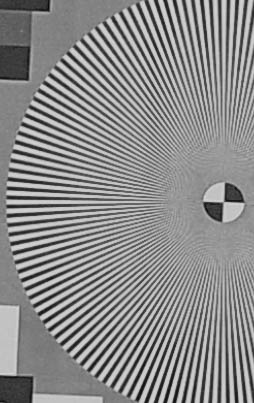 | 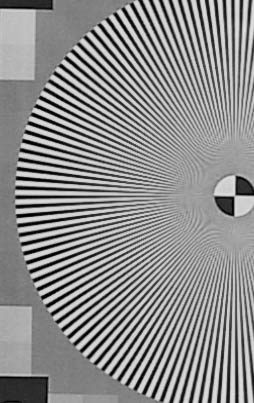 | 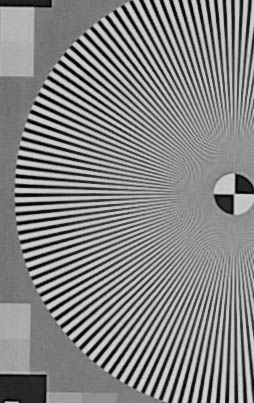 |
F11 | 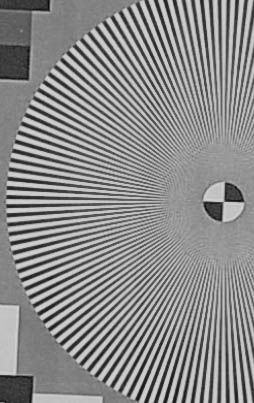 | 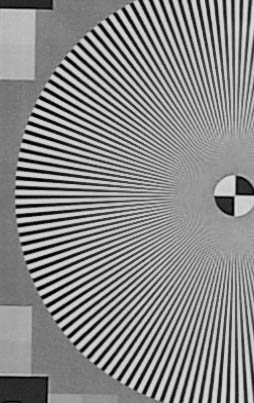 | 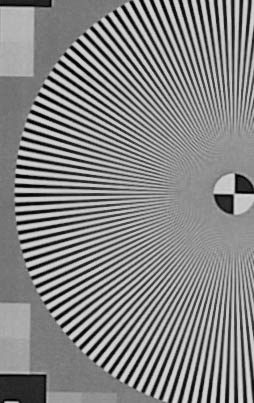 |
F16 | 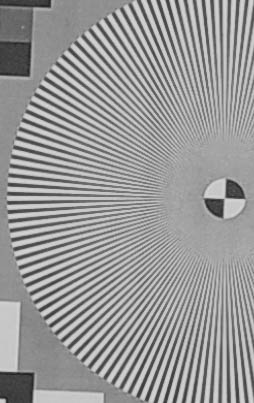 | 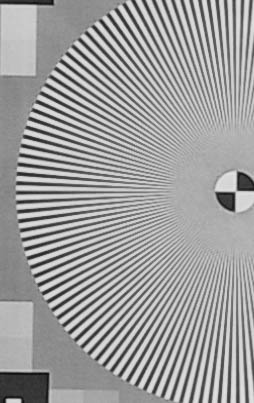 | 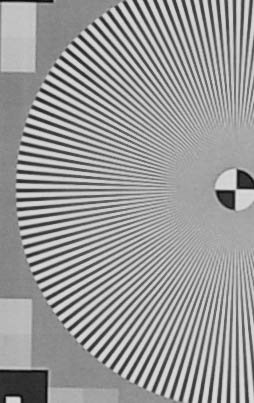 |
F22 | 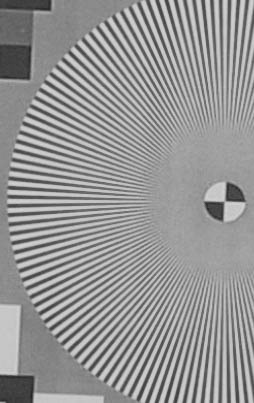 | 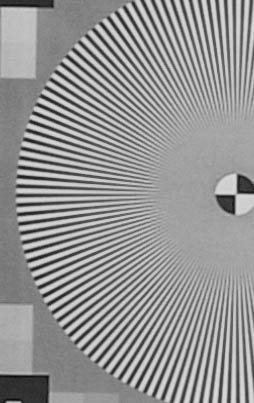 | 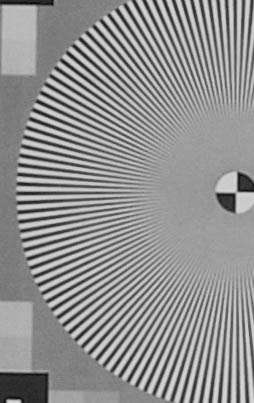 |
70mm again shows very good figures in the center of the frame. Edges reach a comparable level beyond F4. Corners are smudgy except between F5.6 and F8, where they catch up with the center.
Real-life test
Test charts never tell the whole story. The following images illustrate the performance of the lens with a real-life test subject with a lot of detail. We used a close distance to differentiate with the star chart tests, which are performed at a significant range. Three focal lengths were tested.
| 24mm | 50mm | 70mm | |
F2.8 |  |  |  |
F4 |  |  |  |
F5.6 |  |  |  |
F8 |  |  |  |
F11 |  |  |  |
F16 |  |  |  |
F22 |  |  |  |
Summary
The 24-70mm F2.8 shows a high level of sharpness in the center, at most aperture values. This makes the lens an excellent tool for portraits or subject isolation in general. Results are acceptable, but not remarkable, at the edges, where the best resolution values are never attained wide open. Corners are not even as good as the edges, and generally require F8 to compare with the center.
Users of APS-C sensors will benefit from the crop sensor's "sweet spot" and will get better performance overall.



